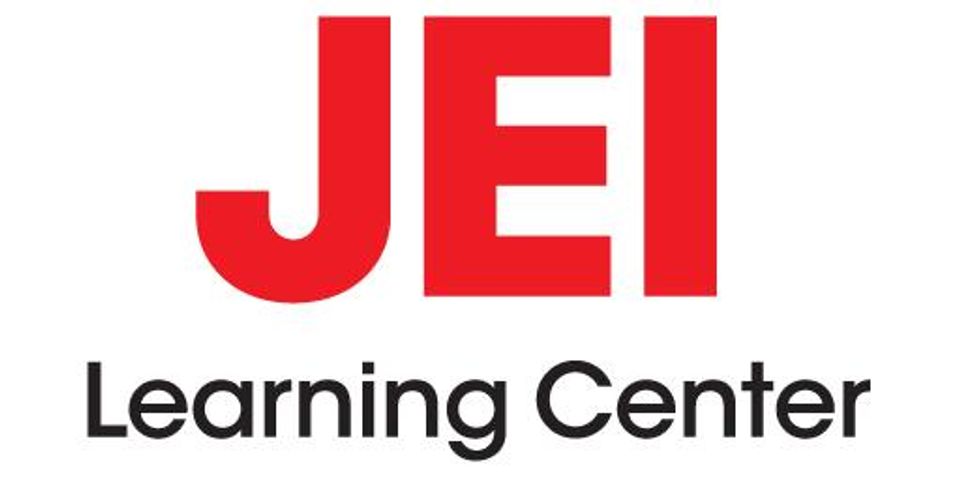N.J. releases school report cards: See how your district performed


New Jersey has released its latest round of annual School Performance Reports (Star Ledger file photo)
Follow on Twitter

TRENTON -- New Jersey today released its latest School Performance Reports, this year detailing the number of students enrolled in career and technical programs--a growing area of public education.
The school report cards, compiled by the state Department of Education, offer district-by-district snapshots in three areas: academic achievement based on previously released test scores; college and career readiness; and student growth, which uses test data to measure how students progress through elementary and high school.
State officials say the information, which provide data on how each school performs in relation to state averages and to their "peer schools," is intended to help educators track student success.
"In the big picture, New Jersey's public school system ranks among the best in the country," said Mike Yaple, a spokesperson for the department of education. "Still, parents want to know how their child's school is performing, and they want to know areas where their local schools are strong and areas that might need attention. That's why the Department issues this report each year: It's a good springboard for discussion."
RELATED: Preliminary test score data released in November
The 2013-14 reports profile of each of New Jersey's nearly 2,500 public schools. This year, the report for the first time include the percentage of students in high schools participating in so-called career and technical education programs (CTE), a growing niche producing some of the state's highest performing students. The percentages are not factored into the schools scores, but are listed alongside other school data, such as the percentage of students in visual or performing arts courses.
The inclusion of CTE participation rates is a "wonderful and very important" step for the reports, said Judy Savage, executive director of the New Jersey Council of County Vocational-Technical Schools. Career and technical programs include courses not only at traditional vocational schools, but in elite technology and magnet schools aimed at preparing top college-bound students planning for careers in bio-technology, medicine, engineering and math.
But there are also traditional vocational programs the report cards track, putting students on career paths in areas like culinary arts, construction, hospitality, tourism and trade work.
While the state's annual reports are supposed to examine the career college and career readiness of a school's students, most of the data, like SAT scores and performance on advanced placement tests, focuses primarily on college, Savage said.
"It really is the first indicator of career readiness that's included in these reports," Savage said. "If the availability of a career and technical education is an important factor to a parent, they can certainly look at this and say, 'Gee, community X seems to have a lot of their students pursuing career and technical education,'" Savage said.
The inclusion of the CTE data, which was required under a new state law, revealed that more than 78,000, or 19 percent, of New Jersey students are participating in those programs.
Participation is counted if a student completes at least one course in a three-course, state approved program aligned to specific academic and technical standards.
Of the 909 state approved programs, 482 were at county vocational schools, once thought of as place for only auto shop and cosmetology, but now offering cutting edge courses that attract some of the state's top students. Most of the other 427 programs were part of the curriculum at traditional high schools.
Schools like Monmouth County's Biotechnology High School, recognized as one of America's best, require students to test into them and offer courses like BioMedical Engineering and Environmental Biotechnology. Others offer programs in robotics and advanced manufacturing, Savage said.
An NJ Advance Media analysis of the state's data on career and technical participation found that the top 11 scoring schools on the SAT were vocational schools. Vocational schools also had especially low percentages of dropouts, according to the analysis.
"Career and technical education programs have really changed with the economy and the workplace, so they all incorporate higher levels of academics than they ever did," Savage said.
Enrollment at county vocational schools was 32,500 in 2013-14, about a 30 percent increase from 15 years ago, Savage said. The numbers are rising even as Morris County Vocational School District turns away hundreds of students every year, Superintendent Scott Moffitt said.
"We are turning away a lot of qualified, capable students for no other reason that we just don't have the space," Moffitt said.
Some of those students find a place among the state-approved career and technical programs at their hometown high schools.
Districts like Elizabeth and Newark offer a wide array of career and technical programs, which fall into 16 different career clusters, such as business management and administration or hospitality and tourism.
Newark Public Schools has seen the most growth in its engineering and health sciences program, the district said. Students can earn a technical certification alongside their high school diplomas, giving them a leg up in the job market and on college applications.
"CTE represents an opportunity to make a real impact on Newark's workforce and economy by linking the local business community to schools and creating a pipeline of emerging workers with relevant skills," the district said in a statement.
Suburban schools had the lowest percentages of students in career and technical programs.
One school official, however, cautioned against making any comparisons of schools based on CTE data.
"We are pleased to have the data provided by the state to help us identify areas we may need to improve," said James O'Neill, interim superintendent of Livingston Public Schools. "However, since our students overwhelmingly wind up in a high performing cohort at the end of their public school education we are confident that what we are doing on the road to high school is appropriate and successful."
Visit for more information, including local district grades: http://www.nj.com/education/2015/01/nj_releases_school_performance_reports.html
About the Business
Have a question? Ask the experts!
Send your question

